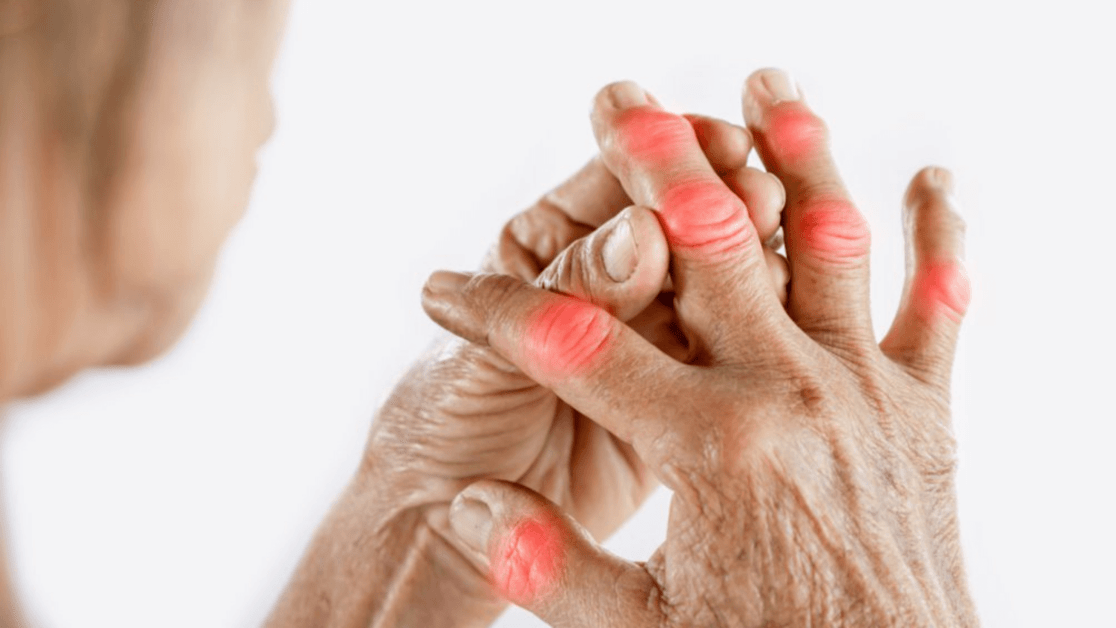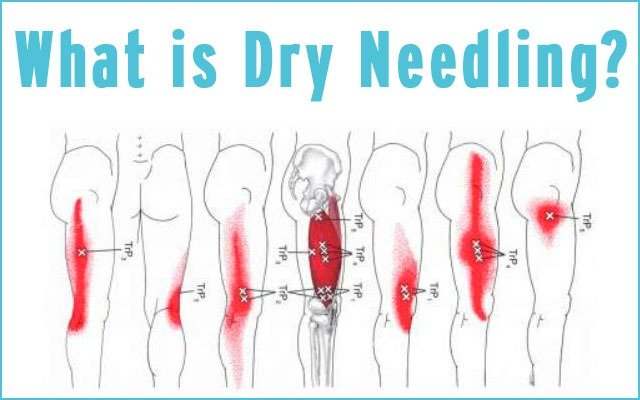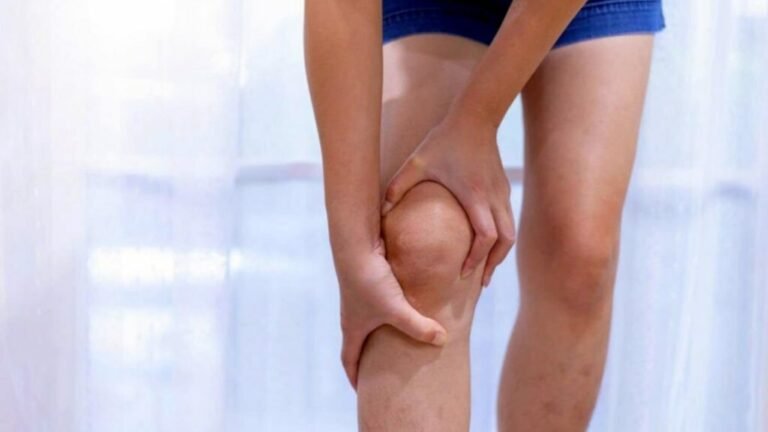Different Stages Of Rheumatoid Arthritis

Rheumatoid arthritis is a chronic autoimmune disease that affects joints. An autoimmune disease is a condition in which the immune system mistakes the cells of our own body as a threat and sends fighting cells to attack them.
In the case of rheumatoid arthritis, the immune system attacks the joints and causes inflammation, resulting in swollen and painful joints. Unlike osteoarthritis which causes wear and tears to the joints, rheumatoid arthritis affects the lining of the joints that can eventually result in erosion of the bones, lack of balance, and joint deformity.
Different Stages Of Rheumatoid Arthritis – 4 Stages!
This condition can affect other body parts like the lungs, heart, and eyes. The chances of developing rheumatoid arthritis in two to three times higher in women than men, also the risk of developing the disease increases with age. Genetics, obesity, and smoking are also some of the potential risk factors.
Rheumatoid arthritis does not have the same effect on every people. The common symptoms of rheumatoid arthritis include pain, stiffness, and tenderness in the joints.

The symptoms can be seen on both sides of the body. Weight loss, fever, and fatigue are other symptoms people face. Without efficient treatment, the symptoms of rheumatoid arthritis tend to worsen with time.
4 stages of progression in rheumatoid arthritis
Stage 1:
In this early stage, people experience stiffness and pain in their joints. There is inflammation in the joint tissues. During the first stage, joint damage does not occur. Drugs that can change the immune response of the body are used during this first stage.
They are known as disease-modifying antirheumatic drugs or DMARDs. Methotrexate is a chemotherapy medication that can alter the immune system.
One of the first drugs prescribed by doctors for rheumatoid arthritis, the medication can be injected or taken orally. Hydroxychloroquine, sulfasalazine, and leflunomide are the other drugs doctors use in the early stage of treatment.
Stage 2:
A stage of moderate rheumatoid arthritis, often experiencing more severe and long-lasting symptoms of stage 1. In this stage, the inflammation can cause damage to the joint cartilage. Doctors continue to use disease-modifying antirheumatic drugs for treatment.
Doctors may also add other medications called biologic response modifiers, after monitoring the patients’ response. It blocks the actions of the immune cells. Infliximab, tocilizumab, rituximab, and abatacept are some of them.
Stage 3:
During this stage, people may experience severe pain, more frequent swelling of joints, and all the other symptoms during stages one and two.
The inflammation is so severe that it destroys joint bones and cartilages. Apart from these, a decrease in range of motion and joint deformities like curved hands and toes may happen. A rheumatoid nodule is formed around the joints.
Usually, treatments are the same as in stage 2. Doctors may include another type of disease-modifying antirheumatic drug called Janus kinase inhibitors or JAK inhibitors.
Stage 4:
The last stage is often called the end stage of rheumatoid arthritis. In this stage, there would be no inflammation in the joints. People in the end stage of rheumatoid arthritis experience the same symptoms as people in the earlier stages of RA, although symptoms tend to be more severe, chronic, and disabling.
The person can lose mobility and have to depend upon assistive mobility devices to perform daily tasks. They would have to try all the medications taken during the early stages. Surgery to regain mobility and repair joint damage may be done if necessary.
Rheumatoid arthritis is an autoimmune disease, that cannot be cured. So it is important to know some measures to reduce its symptoms and prevent them from worsening. Maintaining a healthy weight, eating a balanced diet, quitting smoking, and managing stress are some of the lifestyle changes to prevent the condition from worsening.
Omega 3, calcium, and gamma-linolenic supplements are important for joint health. Low impact exercises like swimming and walking five times a week can be helpful to ease mobility issues. Yoga and breathing exercises can help to reduce stress.
Applying heating pads or warm water to the affected area can help to reduce the stiffness of the joints. Using cool packs can help to reduce inflammation in the joints. Incorporating alternative therapies such as massages, chiropractic treatments, and acupuncture is a way to speed up the process. Getting enough vitamin D is important for joint and overall body health.
Without vitamin D, calcium absorption in the body would not be efficient. Therefore a deficiency in vitamin D can worsen rheumatoid arthritis. The best way is to get 20 minutes of direct sunlight early in the morning or evening.
Conclusion
In short, rheumatoid arthritis has four different stages. The intensity of symptoms and complications increase with time and lack of proper treatment.
The treatment methods are also different for different stages. A person should consult healthcare experts if they find any early symptoms as treatment in the early stages can be more efficient.
Taking proper medications and making certain lifestyle changes can help slow the progress of rheumatoid arthritis.
Sandra_Obrien
View All By Sandra






